How To Grow A Himalayan Birch Tree
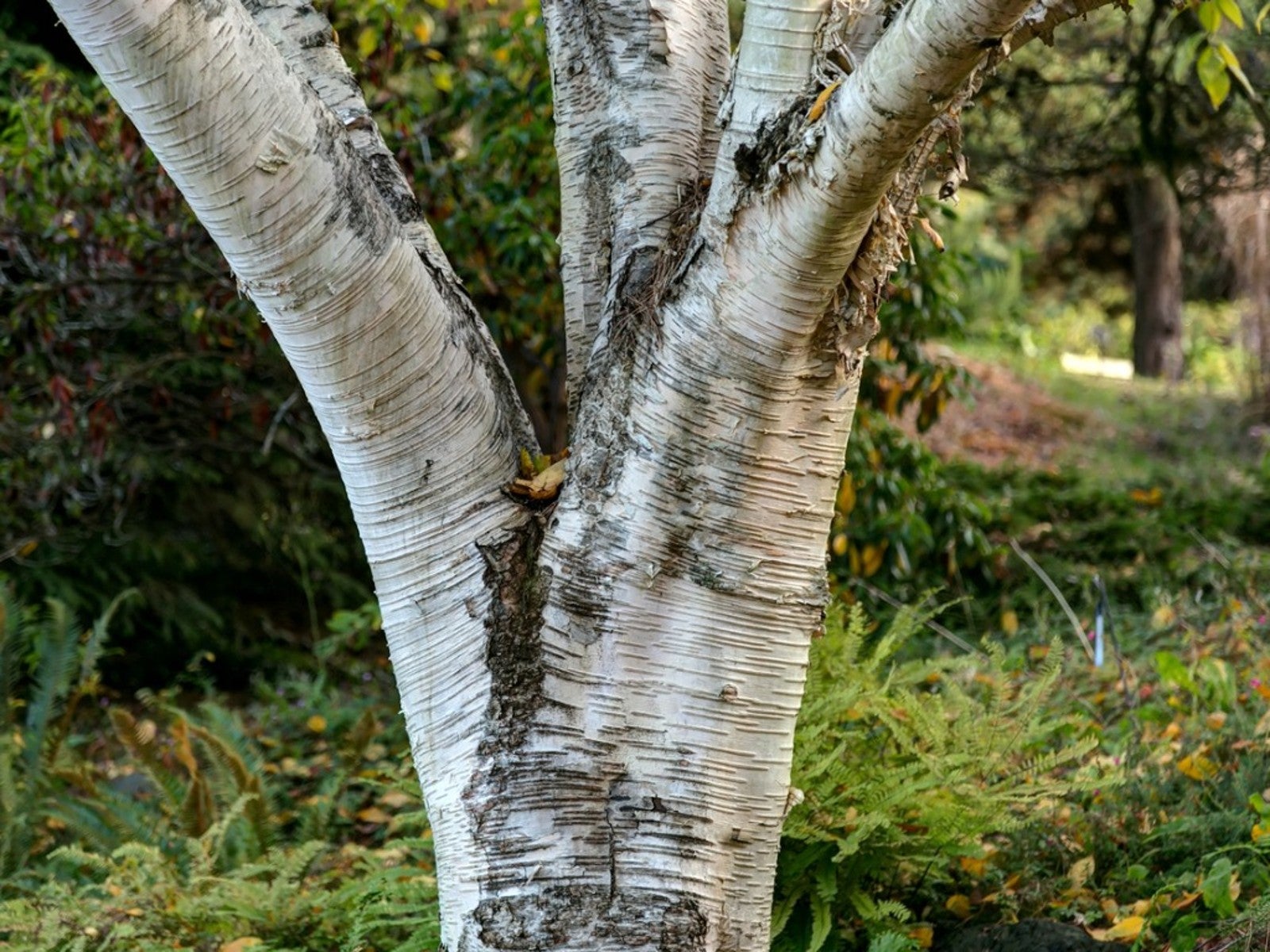

A Himalayan birch tree is one of those trees that few people are acquainted with but, once seen, few can forget. This exceptional tree offers a graceful, open-branched form, outstanding exfoliating bark, and dramatic fall color. If you’d like more information on Himalayan birch trees, read on.
Himalayan Birch Trees
The white barked Himalayan birch is typically grown as an ornamental and known for its brilliantly bright white bark. It thrives in USDA hardiness zones 4 through 7. Whitebarked Himalayan birch (Betula jacquemontii), when heathy, is truly a delightful ornamental. Most birches have a graceful look, but this species is especially so. Its open, pyramidal form is draped with showy catkins – to 5 inches (12.7 cm.) long - in spring.
What about the Himalayan birch leaf? The leaves grow in bright green and tapered. The color darkens to forest green in summer, then transforms to a canary-yellow in the autumn.
Trees can grow to 40 feet (13 m.) tall and half that wide. The bark on the tree peels back to reveal the underbark, giving the tree winter interest.
How to Plant a Himalayan Birch Tree
If you are thinking of growing a Himalayan birch, pick a site with moist, acidic, sandy soil. Full sun locations are best for foliage color though the tree can also grow in partial shade.
This birch tree thrives in cool northern climates where the highest summer temperatures top out at 75 degrees F. They also do best where their root zones are blanketed in snow throughout the winter. In warmer areas, use soaker hoses and mulches to cool down the root zones.
Pruning is generally not required for this tree. However, if it does appear necessary to trim off a broken branch or two, wait until the dormant season to get out the pruners. If you prune in winter or spring when the sap is running, the tree will bleed sap.
Gardening tips, videos, info and more delivered right to your inbox!
Sign up for the Gardening Know How newsletter today and receive a free copy of our e-book "How to Grow Delicious Tomatoes".
Himalayan Birch Problems
When you read that this birch does poorly in regions with hot, humid summers, take note. This is more than a matter of appearance.
When the Himalayan birch is stressed by summer heat and humidity, it is very vulnerable to the bronze birch borer, a wood boring beetle that will girdle the trunk. The birch borer can quickly infect and kill stressed trees. Stressed trees are also vulnerable to Japanese beetles, that can damage the foliage, as well as aphids, birch leaf miner, birch skeletonizer and dieback

Teo Spengler is a master gardener and a docent at the San Francisco Botanical Garden, where she hosts public tours. She has studied horticulture and written about nature, trees, plants, and gardening for more than two decades. Her extended family includes some 30 houseplants and hundreds of outdoor plants, including 250 trees, which are her main passion. Spengler currently splits her life between San Francisco and the French Basque Country, though she was raised in Alaska, giving her experience of gardening in a range of climates.
-
 Types Of Tomatoes Explained: Explore The Many Wonderful Shapes, Colors, Flavors, & Best Uses
Types Of Tomatoes Explained: Explore The Many Wonderful Shapes, Colors, Flavors, & Best UsesThe world of tomato varieties is vast and fascinating. Learn about the key types to grow in your garden, tailored to your preferences and space.
By Amy Grant
-
 Try The Trend – Turn Any Bed Into A Keyhole Garden With This Clever In-Ground Composter
Try The Trend – Turn Any Bed Into A Keyhole Garden With This Clever In-Ground ComposterKeyhole gardening is an efficient and sustainable practice that saves space. Get started on this DIY project quickly and easily with an in-ground composter.
By Bonnie L. Grant
-
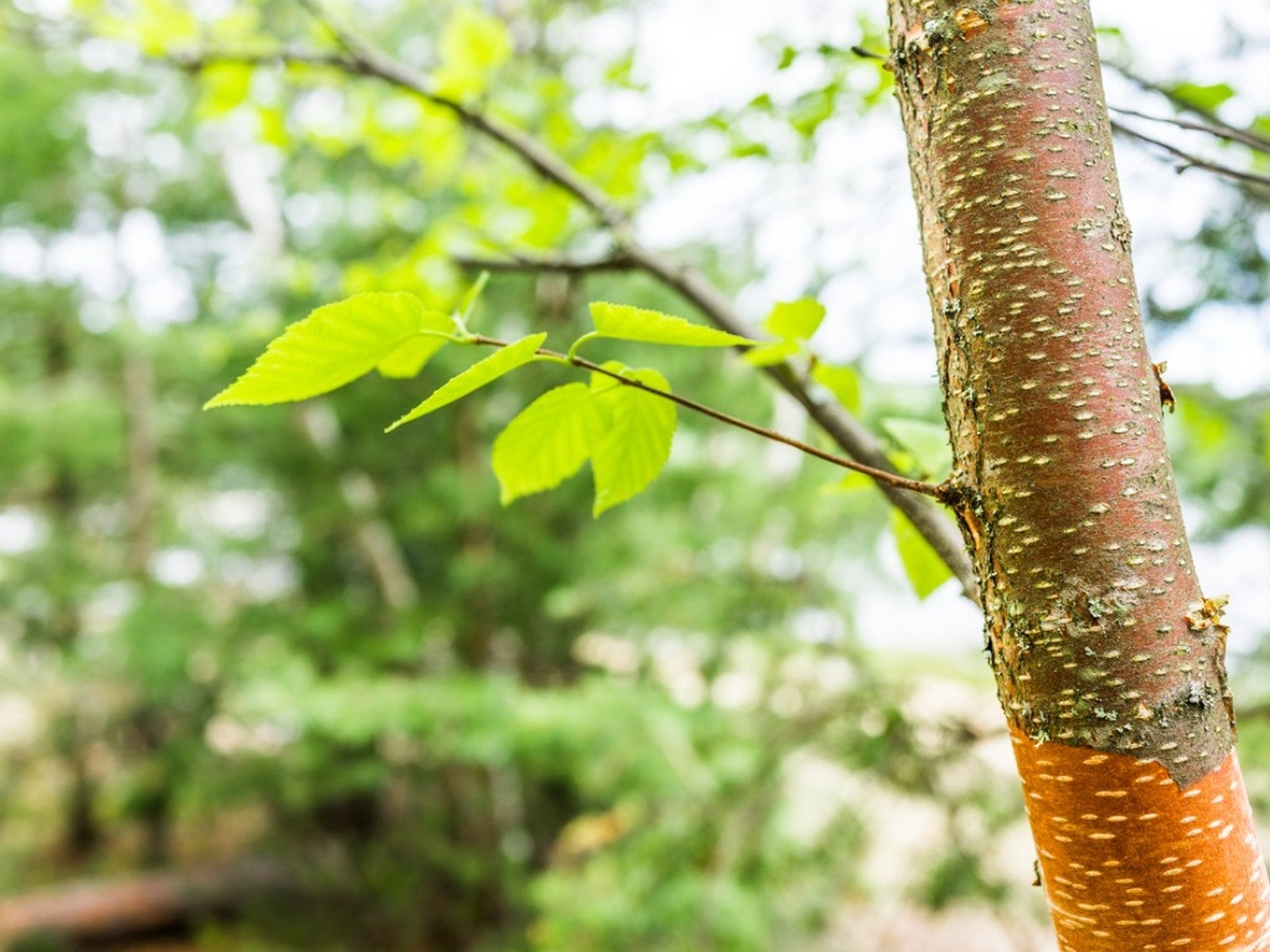 Water Birch Tree Care And Characteristics
Water Birch Tree Care And CharacteristicsEven if you aren’t familiar with water birch, you may guess that it tolerates wet soil. But there’s much more to know.
By Teo Spengler
-
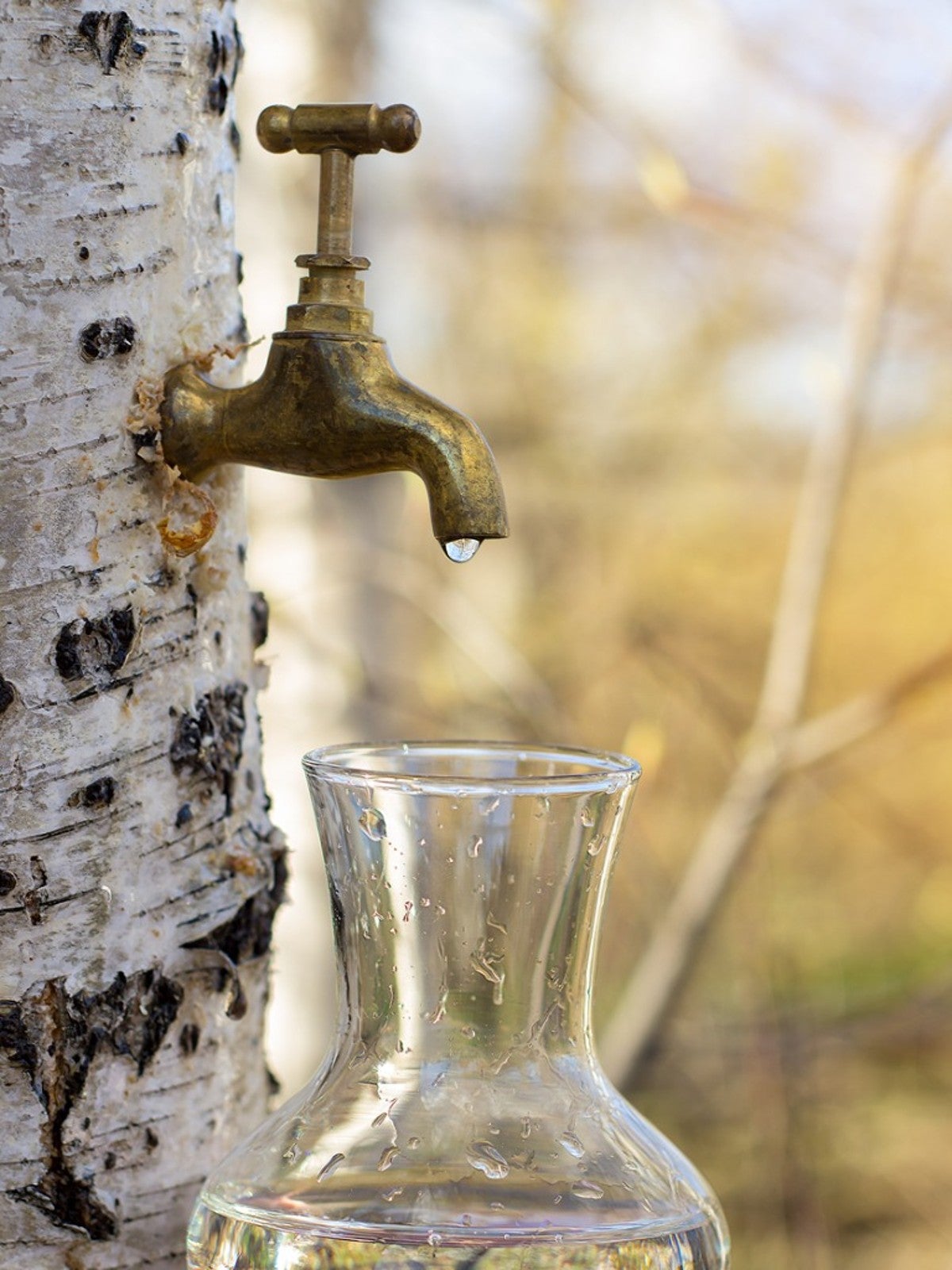 How To Tap Birch Trees: Birch Syrup And Other Uses For Birch Sap
How To Tap Birch Trees: Birch Syrup And Other Uses For Birch SapDid you know you can make birch syrup? Read on to learn about birch sap harvest for syrup and other birch sap uses.
By Teo Spengler
-
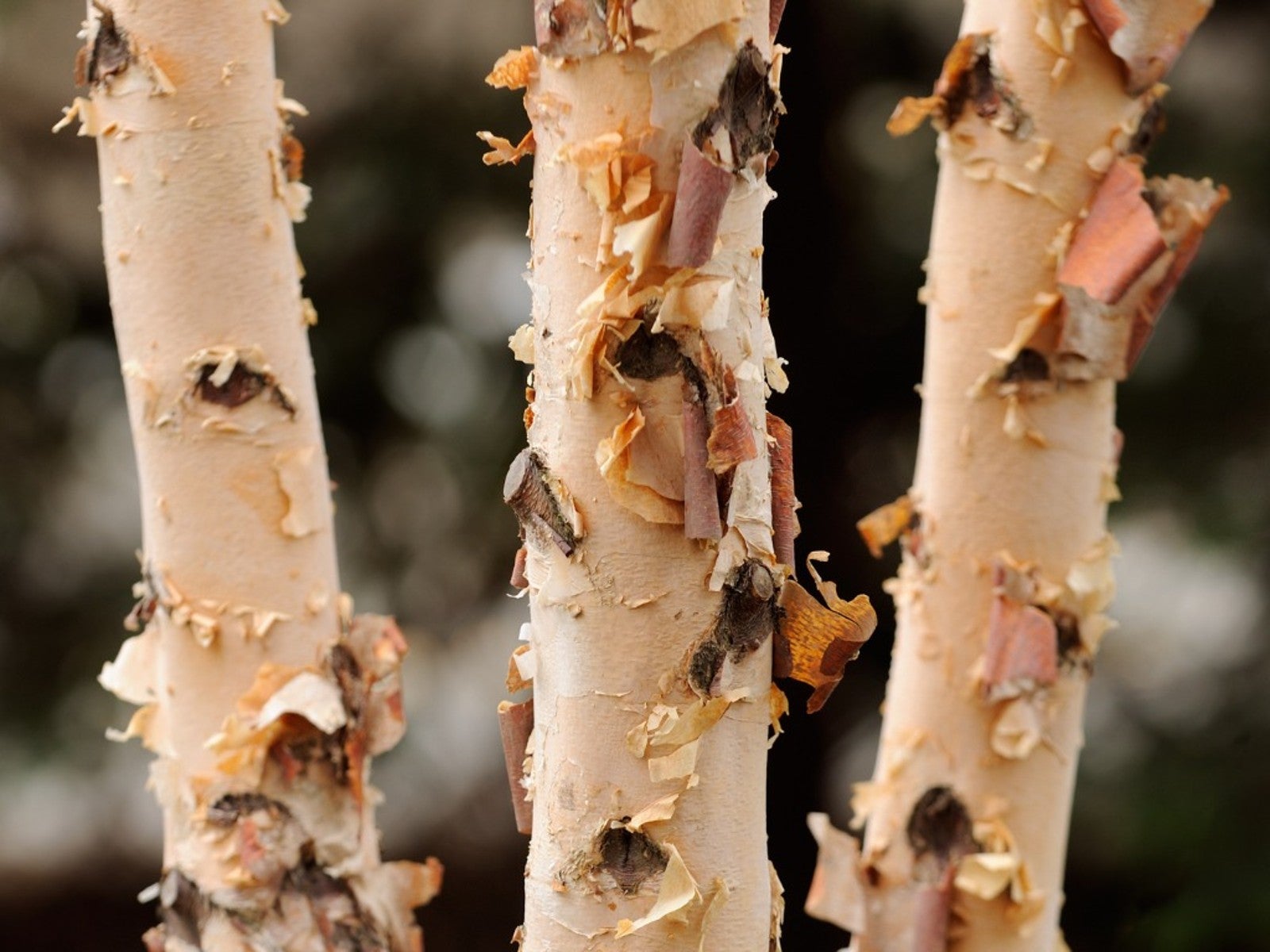 11 Types Of Birch Trees: Choosing A Birch Variety For Your Backyard
11 Types Of Birch Trees: Choosing A Birch Variety For Your BackyardSlender and graceful, birch trees are admired by many gardeners. If you are wondering about the different varieties of birch trees, read on.
By Teo Spengler
-
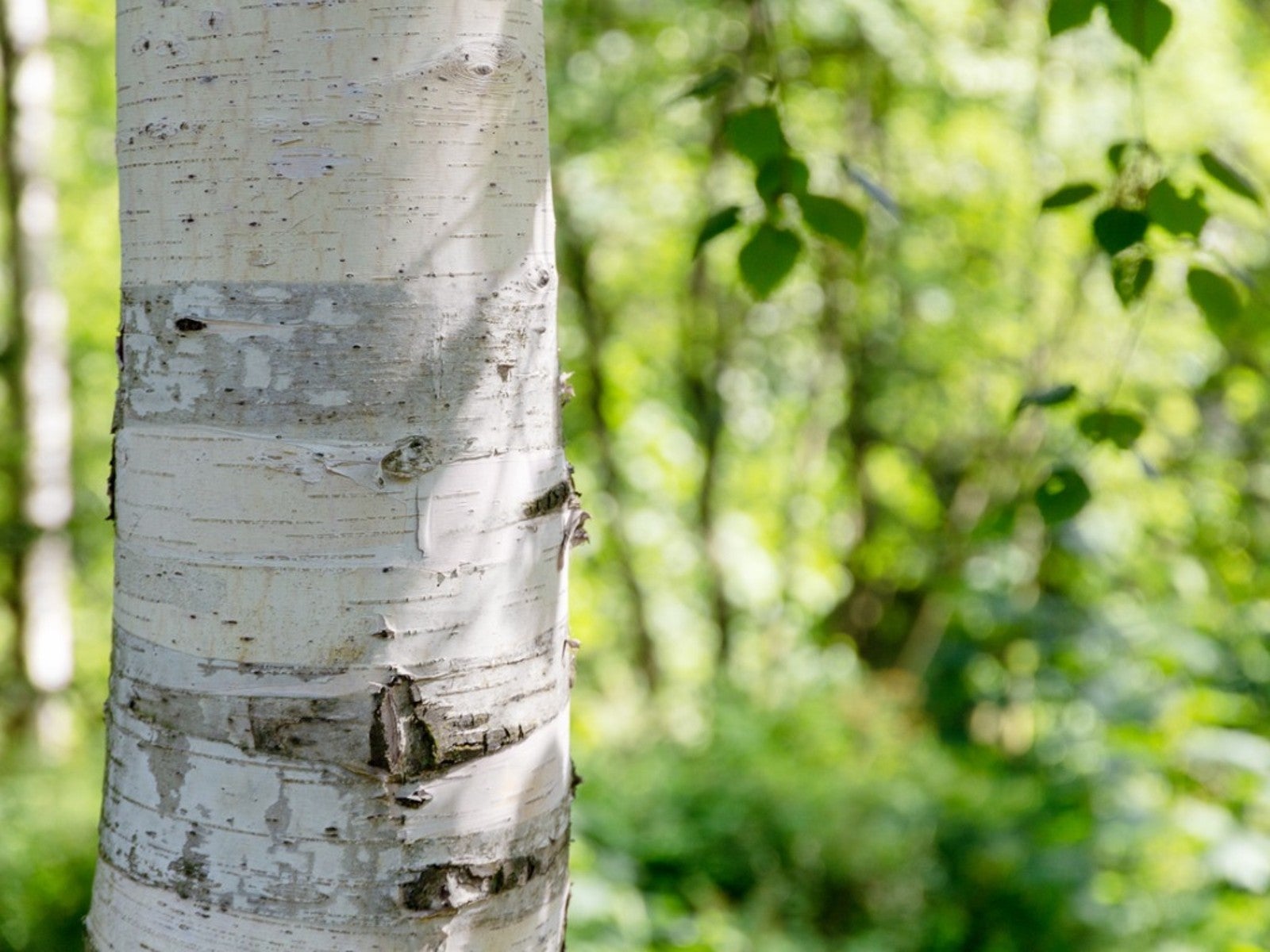 The Right Way To Peel Birch Bark - Sustainable Harvesting Tips And Techniques
The Right Way To Peel Birch Bark - Sustainable Harvesting Tips And TechniquesLearning more about paper birch bark can help gardeners and crafters to better understand the tree’s significance, as well as help to ensure that birch plantings within the home landscape are kept thriving.
By Tonya Barnett
-
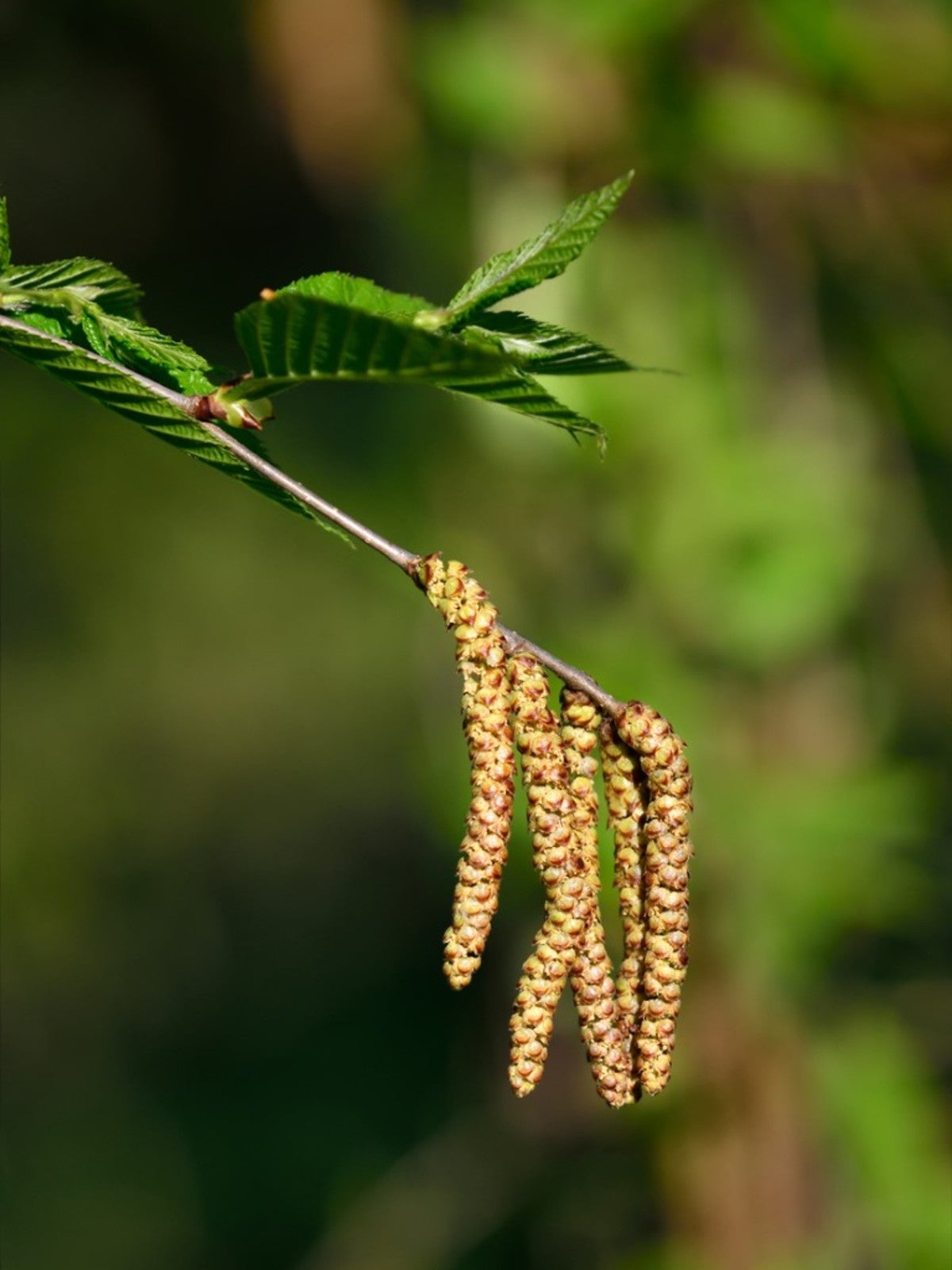 What Is A Sweet Birch – Learn About Sweet Birch Trees
What Is A Sweet Birch – Learn About Sweet Birch TreesIf you’d like to learn more about sweet birch trees, read on. We’ll give you sweet birch tree facts as well as growing information.
By Teo Spengler
-
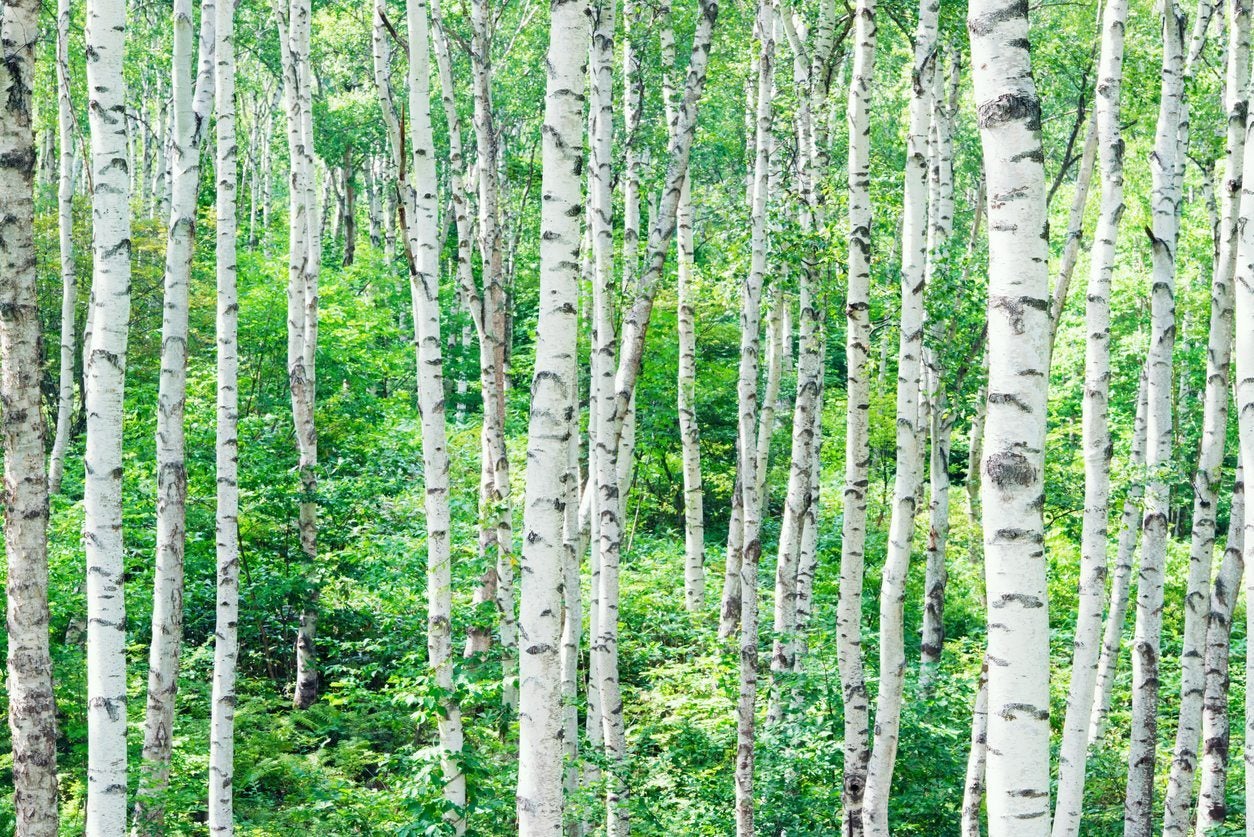 Birch Tree Lifespan: How Long Do Birch Trees Live
Birch Tree Lifespan: How Long Do Birch Trees LiveHow long do birch trees live? The birch tree lifespan depends upon where the tree is growing. For more information about factors that affect the life of a birch tree, click on the article that follows to learn more.
By Teo Spengler
-
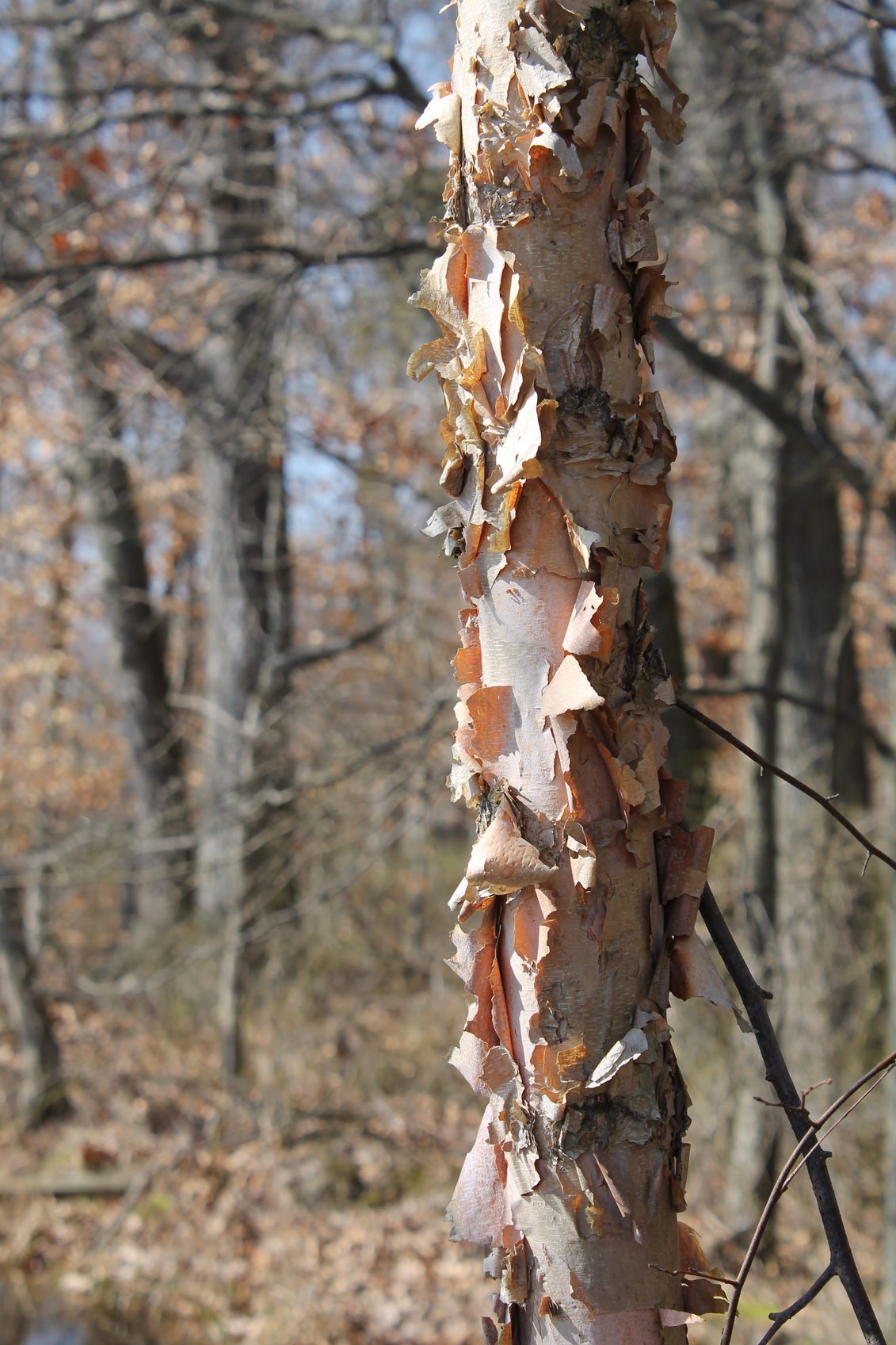 Planting A River Birch Tree: Tips On River Birch Tree Growing
Planting A River Birch Tree: Tips On River Birch Tree GrowingThe river birch is a popular tree for river banks and wet parts of the garden. Its attractive bark is especially striking in the winter when the rest of the tree is bare. Learn more river birch tree facts and how to use them in the landscape of your home right here.
By Liz Baessler
-
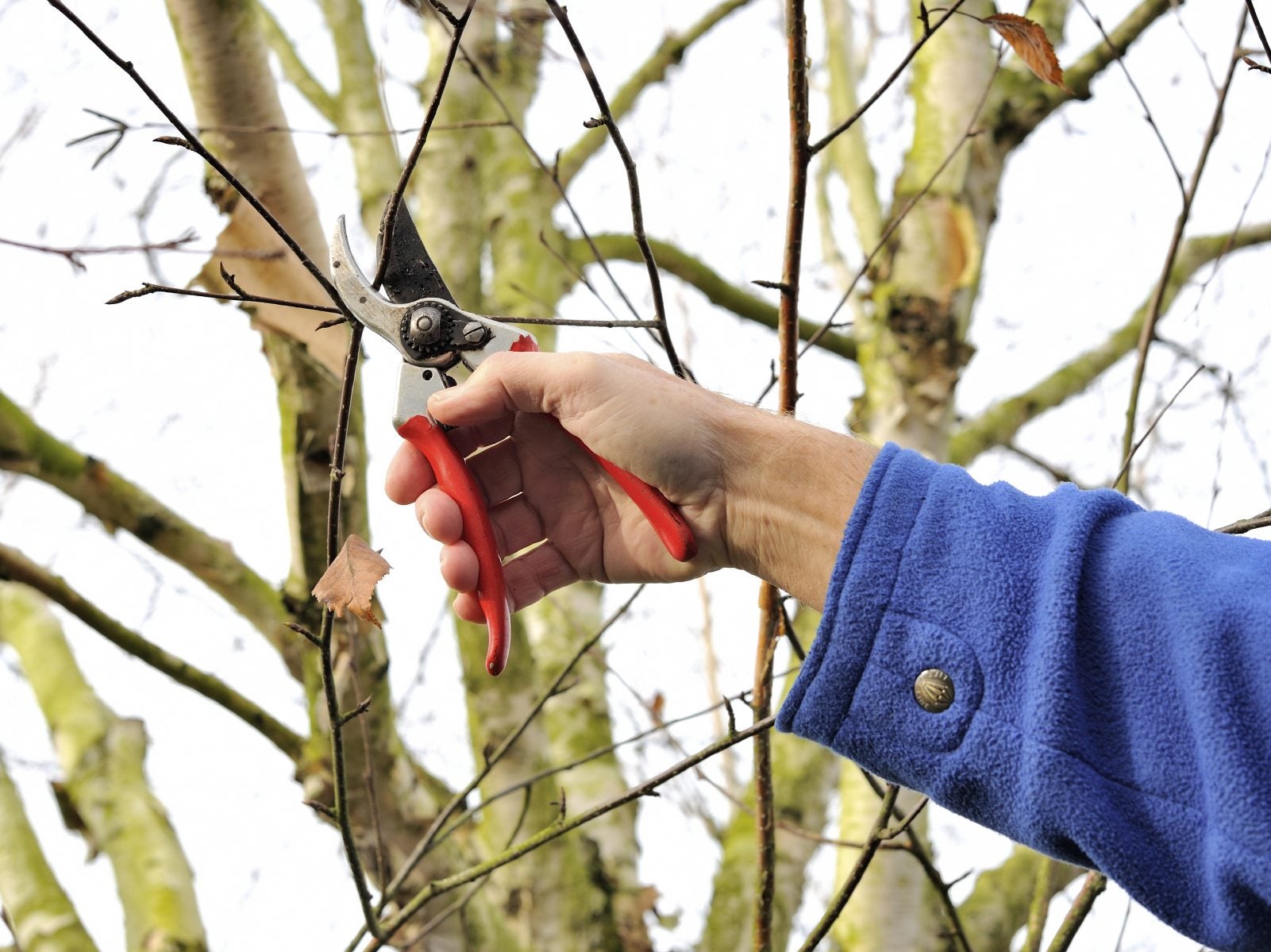 Cutting Back Birch Trees: How And When To Prune Birch Trees
Cutting Back Birch Trees: How And When To Prune Birch TreesBirch trees are highly desirable landscape trees because of their beautiful bark and graceful foliage. Unfortunately, they aren't known for their long lifespan. You can improve their chances by pruning birch trees properly, and this article will help.
By Jackie Carroll